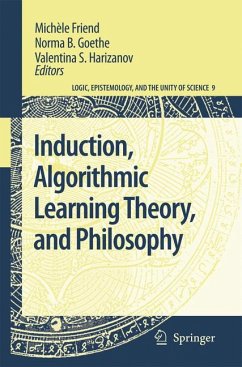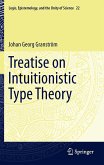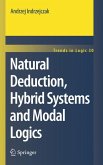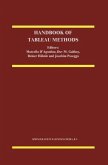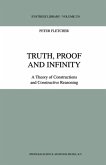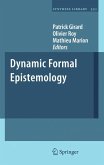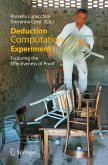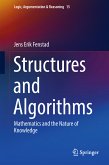Building upon this base, subsequent papers present novel extensions of algorithmic learning theory as well as bold, new applications to traditional issues in epistemology and the philosophy of science. The volume is vital reading for students and researchers seeking a fresh, truth-directed approach to the philosophy of science and induction, epistemology, logic, and statistics.
Dieser Download kann aus rechtlichen Gründen nur mit Rechnungsadresse in A, B, BG, CY, CZ, D, DK, EW, E, FIN, F, GR, HR, H, IRL, I, LT, L, LR, M, NL, PL, P, R, S, SLO, SK ausgeliefert werden.

